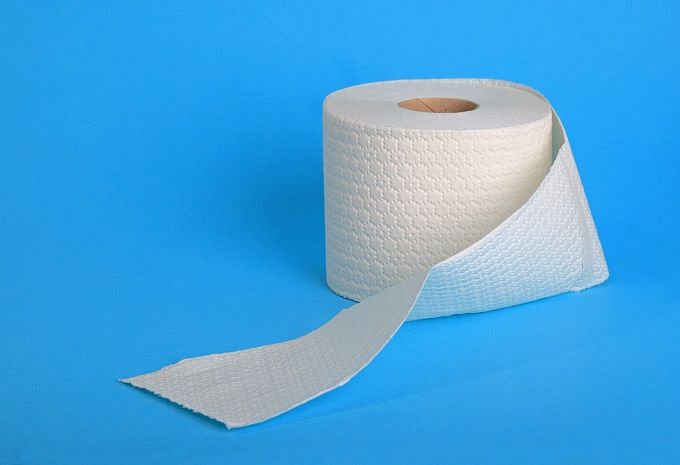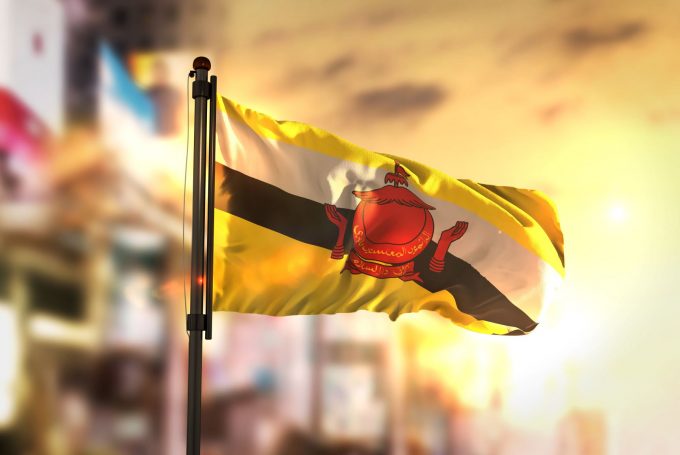
Keeping your loo roll squared away
The modern toilet roll: an essential item across the Western world. We can thank the Brits for the paper product most of us know and appreciate; for, it is the British Perforated Paper Company that is credited with inventing a slightly cruder version way back in 1880.
Prior to that, a miscellaneous variety of objects and items were used all over the place. A few fun highlights: rocks, corn cobs, sponges, leaves, sticks, sand, soil and even shells.
What a lovely history we all share… The decision to sell toilet paper in roll form was born in America, the same nation that invented Tupperware, credit cards, video games and the urinal. An eclectic bunch, Americans.
[pro_ad_display_adzone id=”27469″ align=”left”]A common misconception about toilet paper, in particular, is that people will put up with lower quality when they’re on a short stay. Not so. Ask any grumpy grandpa and you will quickly discover that paper quality leaves a lasting impression regardless of locale. If your reception area bathroom boasts luxurious, thick toilet sheets but your guestrooms skimp on quality, you can bet it will set your travelling loo-users’ teeth on edge. Nothing puts a dampener on a holiday quite like thinking you’re being taken for a mug. Consistency is always best.
It can be hard to know specifically what ‘quality’ means when it comes to toilet paper because, unless you’re a manufacturer or supplier, you’re unlikely to keep tabs on the technical terms. What you should look out for, or ask about, though, is softness and sustainability.
True, these might seem like conflicting notions but here’s the crux of the matter… Consumers (and where toilet paper is concerned, aren’t we all consumers?) tend to judge sheets of toilet paper on their ‘ply’ number much the same way sheets tend to get judged on their thread count. But here’s the thing: ply count doesn’t dictate softness, and it certainly doesn’t always biodegrade as fast as you might hope. In today’s world, ‘high quality’ tends to denote ‘environmentally friendly’, especially for global-minded guests who like to assume that accommodation providers relying on tourism business actually care about the environment. However, the paradox is that ‘luxury’ products are often not the most environmentally sustainable. Paper that dissolves nice and easily will always be kinder on the planet and this won’t necessarily coincide with a high ply count.
Softness, on the other hand, is something you (and your guests can judge quite readily. Potentially the best compliment you can receive is none at all – many people will only notice the paper quality if it’s really bad. If you ever receive comparison to ‘tracing paper’, you know a change is in order. Absorbency tends to go together with softness and is a critical factor. This is easy to test yourself, just by spilling some water on a counter and using paper samples to mop it up.
Traditionally, toilet paper was viewed as something almost taboo; purchased discretely and squirreled away by housekeepers in storage. Today, trendy accommodation types are taking a more rustic approach to their bathroom design, stacking rolls wrapped in old fashioned brown paper and string on shelves and counter-tops. Rolls now come in a wild array of colours, patterns and textures; you can practically personalise with branding if you choose to do so.
It’s the same with other paper products you find in hotels, motels, resorts and other providers. Facial tissues and hand towels are a prime example; present in bathrooms, public areas, on desks and coffee tables, bedside and at reception. Paranoid about stories of germs emitted from hand dryers, it’s not unusual for guests to prefer paper hand towels (perhaps even using them to slyly open doors and turn off taps without touching handles directly). When stocking up on these products, find out what packaging you can pair for maximum branding and aesthetic potential.
Dispensers are another aspect of the paper product world that have to be thought about. Isn’t it annoying when the dispensers are too large for the bathroom cubicles? Your guests shouldn’t have to contort themselves just to use your toilet facilities. Your dispenser selection will largely depend on the type of rolls you choose and most suppliers will have a range to choose from. Consider the size and shape to maximise ease-of-use and make sure that the dispensers themselves are robust enough to last for a while. You also want to make sure the mechanism works well; it shouldn’t sound like a wooden barrel rolling down a brick lane every time you pull out some tissue; the holder inside should also be sturdy enough that it can maintain the weight of whatever roll you want to put inside the dispenser. It would be very annoying (and embarrassing) for your guests if they have to call for help because the roll gets jammed inside, or the dispenser breaks mid-use.

AccomNews is not affiliated with any government agency, body or political party. We are an independently owned, family-operated magazine.







